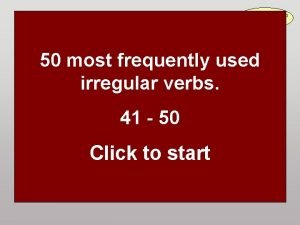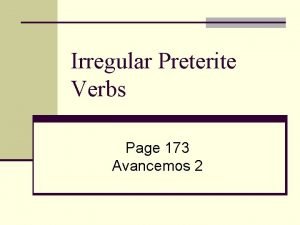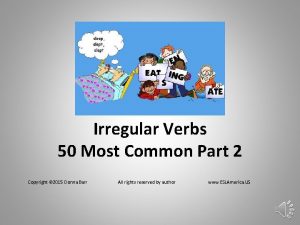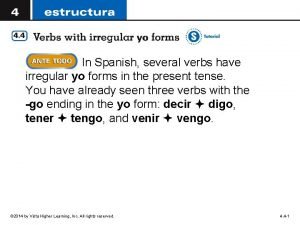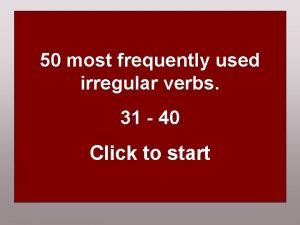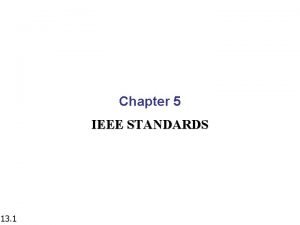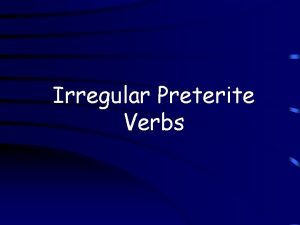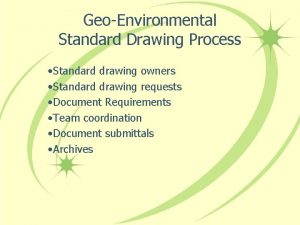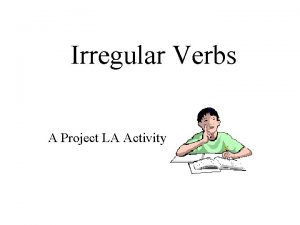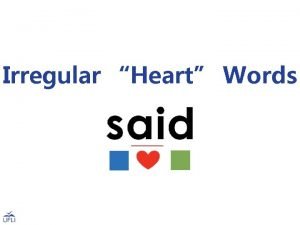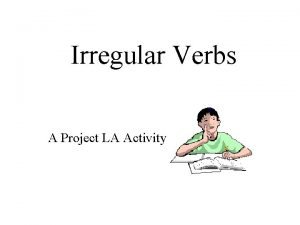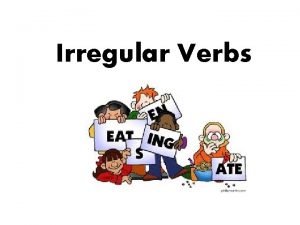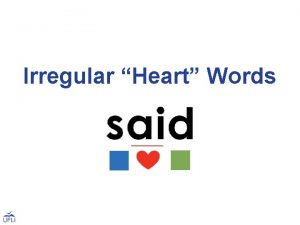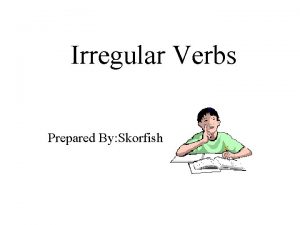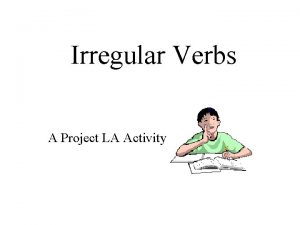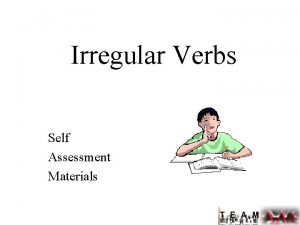Irregular deep drawing Common non standard deep drawing

















- Slides: 17


Irregular deep drawing Common non standard deep drawing part geometries include stepped and domed cups. Stepped parts can be created by partial redrawing. Domed cups are formed with a stretch forming type process. Tapered cups can manufactured by first producing stepped cups, then the sides are formed to create the tapered shape

Redrawing If the shape change required by the part design is too severe (drawing ratio is too high), complete forming of the part may require more than one drawing step. The second drawing step, and any further drawing steps if needed, are referred to as redrawing. FIGURE 20. 21 Redrawing of a cup: (1) start of redraw, and (2)endof stroke. Symbols: v ¼ punch velocity, F ¼

Reverse drawing FIGURE 20. 22 Reverse drawing: (1) start and (2) completion. Symbols:

Drawing without blank-holder One of the primary functions of the blankholder is to prevent wrinkling of the flange while the cup is being drawn. The tendency for wrinkling is reduced as the thickness-to-diameter ratio of the blank increases. If the (t / Db) ratio is large enough, drawing can be accomplished without a blankholder.

Drawing without blank-holder FIGURE 20. 23 Drawing without a blank-holder: (1) start of process, (2) end of stroke. Symbols v and F indicate motion and applied force, respectively

The limiting condition for drawing without a blankholder can be estimated from the following [5]: The draw die must have the shape of a funnel or cone to permit the material to be drawn properly into the die cavity. When drawing without a blankholder is feasible, it has the advantages of lower cost tooling and a simpler press, because the need to separately control the movements of the blankholder and punch can be avoided.

Deflects in deep drawing Sheet-metal drawing is a more complex operation than cutting or bending, and more things can go wrong. A number of defects can occur in a drawn product, some of which we have already alluded to. Following is a list of common defects, with sketches in Figure 20. 24: (a) Wrinkling in the flange. Wrinkling in a drawn part consists of a series of ridges that form radially in the undrawn flange of the workpart due to compressive buckling. (b) Wrinkling in the wall. If and when the wrinkled flange is drawn into the cup, these ridges appear in the vertical wall.

Deflects in deep drawing (c) Tearing is an open crack in the vertical wall, usually near the base of the drawn cup, due to high tensile stresses that cause thinning and failure of the metal at this location. This type of failure can also occur as the metal is pulled over a sharp die corner. (d) Earing. This is the formation of irregularities (called ears) in the upper edge of a deep drawn cup, caused by anisotropy in the sheet metal. If the material is perfectly isotropic, ears do not form. (e) Surface scratches can occur on the drawn part if the punch and die are not smooth or lubrication is insufficient.

Deflects in deep drawing FIGURE 20. 24 Common defects in drawn parts: (a) wrinkling can occur either in the flange or (b) in the wall, (c) tearing, (d) earing, and (e) surface scratches.

Other Sheet Metal Forming on Presses Other sheet metal forming operations performed on conventional presses § Operations performed with metal tooling § Operations performed with flexible rubber tooling

Ironing § Makes wall thickness of cylindrical cup more uniform Figure 20. 25 Ironing to achieve more uniform wall thickness in a drawn cup: (1) start of process; (2) during process. Note thinning and elongation of walls.

Embossing Creates indentations in sheet, such as raised (or indented) lettering or strengthening ribs Figure 20. 26 Embossing: (a) cross‑section of punch and die configuration during pressing; (b) finished part with embossed ribs.

Embossing is a sheet metal forming operation related to deep drawing. Embossing is typically used to indent the metal with a design or writing. This manufacturing process has been compared to coining. Unlike coninig, embossing uses matching male and female die and the impression will affect both sides of the sheet metal

Guerin Process Figure 20. 28 Guerin process: (1) before and (2) after. Symbols v and F indicate motion and applied force respectively.

Forming with a Rubber Pad FIGURE 7. 33 Examples of bending and embossing sheet metal with a metal punch and a flexible pad serving as the female die. Source: Polyurethane Products Corporation.

 Les promesses de dieu ne failliront jamais lyrics
Les promesses de dieu ne failliront jamais lyrics The 50 most common irregular verbs
The 50 most common irregular verbs All irregular preterite verbs
All irregular preterite verbs Irregular verbs 50
Irregular verbs 50 Irregular yo verbs spanish
Irregular yo verbs spanish Z line irregular
Z line irregular Sit irregular verb
Sit irregular verb Deep asleep deep asleep it lies
Deep asleep deep asleep it lies Deep forest: towards an alternative to deep neural networks
Deep forest: towards an alternative to deep neural networks 深哉深哉
深哉深哉 Deepfix: fixing common c language errors by deep learning
Deepfix: fixing common c language errors by deep learning What is the greatest common factor of 48 and 60?
What is the greatest common factor of 48 and 60? Common anode and common cathode
Common anode and common cathode Factor tree of 48
Factor tree of 48 How to find lowest common factor
How to find lowest common factor Find the lcm of 16 24 36 and 54
Find the lcm of 16 24 36 and 54 Multiples of 9 and 21
Multiples of 9 and 21 Common standard ethernet implementations
Common standard ethernet implementations

